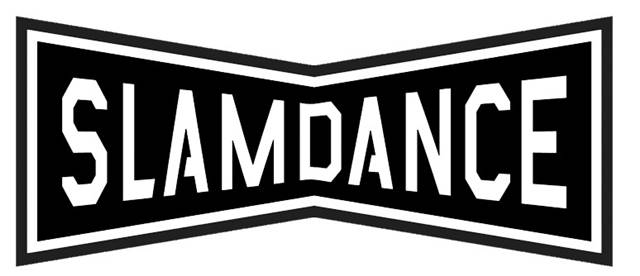
By Jae-Ha Kim
Hollywood Reporter
January 18, 2007
Slamdance Film Festival co-founder and president Peter Baxter knows all too well what goes into making a movie and trying to find an audience for it. Baxter currently is working with James Zalcman on “Wild in the Streets,” a documentary about a rough English sport that was the precursor to soccer.
“It has been a lot of fun working on this, but it’s also been a lot of hard work,” Baxter says. “I empathize with all our entrants because I know that these projects often are labors of love, and they won’t get selected by every festival they enter them in. There’s a lot of rejection in this business, but with Slamdance, we strive to make it a little less so.”
In the 13 years since Slamdance was established as an alternative to the Sundance Film Festival — which had gotten so popular that many fledgling filmmakers found it difficult to get their pictures considered — Baxter and his team have proffered encouragement and support to plenty of struggling directors who turned out to have great promise: Marc Forster, Jared Hess, Joshua Marston and Christopher Nolan, to name a few.
While no one would deny Sundance’s importance, Slamdance offers hope for filmmakers whose work might never be released commercially. Many of the entrants at Sundance arrive with distribution deals already in place. Slamdance, on the other hand, limits its competitive films to ones with no distributors. It’s no wonder that for the event’s 2007 edition, which runs almost concurrently with Sundance in Park City today-Jan. 27, Baxter and Sarah Diamond, Slamdance’s director of programming, received a record 3,600 submissions — 600 more than the previous year — to fill 102 slots in the lineup.
But it’s not all about discovery for the filmmakers wanting to participate. While growing at a respectable rate, Slamdance has maintained its hip cachet with astute programming and a laid-back style that even established directors, writers and actors admire.
Allan Moyle (1990’s “Pump Up the Volume”) says he was ecstatic when Slamdance selected his dark comedy “Weirdsville” as the opening-night film because his actors were so keen on being a part of the festival. “Besides being honored to have been selected, I’m really happy for all the young actors in the film,” Moyle says. “Wes (Bentley) and Scott (Speedman) had been begging me to enter the film at Slamdance. They’re young and enjoy being part of the hip crowd, something I haven’t been a part of for a long time. They love the indie scene. I never came up through the indies, so this is all new to me.”
Although Slamdance has established its reputation for premiering new films by first-time writers and directors, the fest doesn’t penalize more famous filmmakers — like Moyle — by excluding them from the event.
“One of the reasons we began Slamdance is because it was getting so difficult to get films into Sundance,” Baxter says. “We wanted to create a level playing field, but that doesn’t mean we’re exclusionary. Even when you have filmmakers who are already well-represented in the media, we will happily screen their films. But their projects go through the same checks and balances as first-time filmmakers working on a strict budget.”
A panel of 40 programrs screens all the submissions — twice — before finalizing the lineup. “We have a rigid majority rule: Either the film gets knocked out or goes to the next round,” Diamond says. “It’s a process of democratic viewing.
“I literally watched 750 features and shorts this year,” she continues. “It’s a testament to the quality of entries that were submitted this year that many of our alternates are just as strong as the films we selected for the 102 slots. There were so many good entries that it was a really challenging year, but that’ll be good for the filmgoers.”
While the narrative and documentary films are made on budgets of about $1 million, Baxter says that some of the filmmakers actually work with less than half that amount — proving that more widely accessible digital cameras and editing equipment can work wonders. And when it comes to making more with less, Diamond points to filmmaker Daniel Casey, who’s currently earning his master’s degree at the American Film Institute and whose film “The Death of Michael Smith” is screening at Slamdance.
“He made a feature for about $550, and when you look at it, you’re amazed at the production quality,” she says. “It is just as professional looking as anything else you’ll see. Part of it is that these filmmakers are getting smart. He worked with a gifted director of photography, who’s also a student, so he saved money that way as well.”
Moyle, for one, says he is excited not only about screening his film at the event but about catching great cinema from up-and-coming directors during his time at Slamdance. “People go there to see great films, relax and have fun,” he says. “It is a competition, so you have that element. It’s a marketplace where you meet your peers, but there’s also a huge mosh of energy with parties and all the screenings. Lately at places like the Toronto (International) Film Festival, it was hard to see a movie because there were so many people and so much going on. I’m looking forward to getting to see as many new films as I can.”





